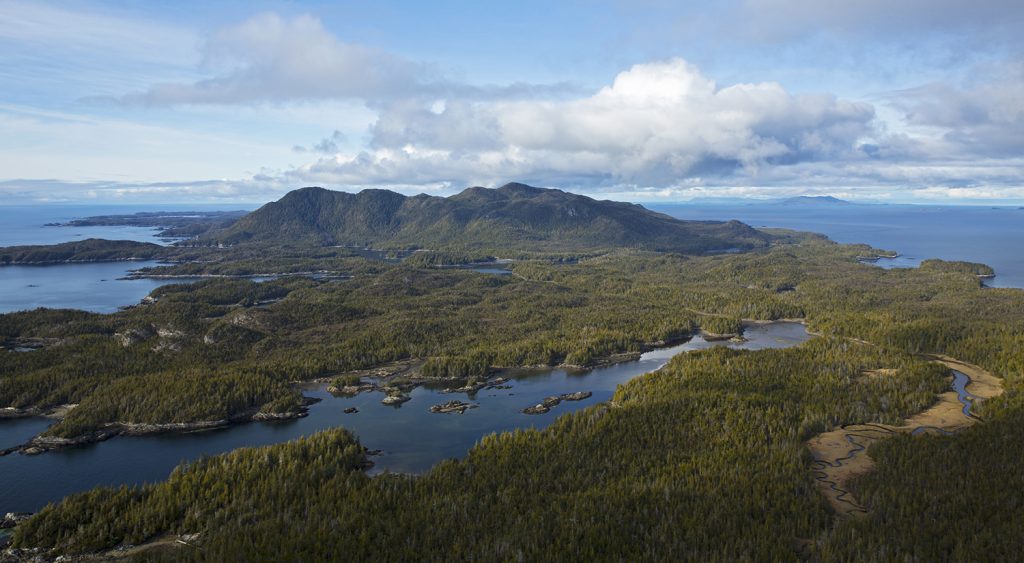About
Our Anchor
Building a better Canada by growing global trade.
Our Mission
Working closely with our partners and customers, we deliver value-added supply chain innovation. Through careful stewardship, we create sustainable prosperity for our communities, First Nations, our partners, our province, and our country.
Our Mandate
The Prince Rupert Port Authority is responsible for the overall planning, development, marketing, and management of the commercial port facilities within the Port of Prince Rupert. This includes ensuring competitive, efficient, and timely responses to customer needs and business opportunities. It also means ensuring that we facilitate these opportunities in a manner that is safe, responsible, and sustainable.
Our Values

INTEGRITY
We are ethical, transparent, and accountable in creating value for our customers, stakeholders, and organization. We build trust through responsible actions and honest relationships.

TEAMWORK
Our individual talents allow us to reach great heights when we join forces with our coworkers, customers, and community to effectively solve some of the most pressing opportunities and challenges facing international trade together, building a better Canada by growing trade.

INNOVATION
Finding new solutions to old problems has always been what sets us apart. We are committed to continuous improvement in the pursuit of excellence through creativity and ingenuity, and effectively manage the risk that may come with innovation.

SUSTAINABILITY
The north coast of Canada is our home. We vigorously pursue a long-term vision that recognizes the importance of balancing environmental stewardship, economic vitality, social responsibility, and safety in our development and operations, contributing to our shared success and prosperity for generations to come.

DIVERSITY
We are committed to an inclusive organizational culture that connects us closer to our community, customers, and coworkers. We celebrate diverse perspectives of all stakeholders to make us more effective as an organization and essential to our sustainability today and for the future.

Our Port History
The Port of Prince Rupert is located within the traditional territory of the Tsimshian First Nation, who have lived and traded in the area for thousands of years. The transportation corridors developed by the Indigenous peoples became the backbone of an ever-widening trade network.
Prince Rupert was built in the 20th century as the terminus for the Grand Trunk Pacific Railway. Plans were drawn for a West Coast port of major stature and prime waterfront lands were reserved for port and railway development.
The Grand Trunk Pacific Railway (GTP) extended from Winnipeg to Prince Rupert and linked with Eastern Canada’s Grand Trunk Railway to form the nation’s second transcontinental railway. The project’s principal promoter and GTP Manager, Charles Melville Hays, lost his life in the sinking of the RMS Titanic. By the time the last spike was driven in 1914, the railway-building era was drawing to a close and Canada was moving into an economic recession. The GTP slipped into bankruptcy and shortly after the outbreak of war, it was absorbed by Canadian National Railway (today’s CN Rail).
The city’s fortunes turned to fish. Cow Bay became the seat of fishing activities with the advent of the halibut exchange and growth in processing companies such as the Atlin Fish Plant, now the Atlin Terminal—home to the Prince Rupert Port Authority, the Port Information Centre and Prince Rupert Visitor Information Centre, and other businesses. The fishing industry diversified and over the next 75 years was an economic mainstay.
As the most northerly railhead on the continent of North America, Prince Rupert served as a World War II port of embarkation for the war in the Aleutians and the Pacific. Extensive facilities were built to handle the US and Canadian troops and equipment that silently shipped through the port city.
In 1972, the Port of Prince Rupert was declared a National Harbour and by 1975, construction of its first facility, Fairview Terminal, was completed.
The continued expansion of Prince Rupert port facilities provided the impetus for development throughout Northwestern Canada and was an engine driving economic growth in the region.
The creation of the Prince Rupert Port Authority as a governance body occurred in 1997 and has overseen the Port’s transition from a regional resource port to an emerging North American trade gateway.
The Fairview Terminal was expanded in 2017, increasing the Port’s handling capacity to 1.3 million containers a year—making it the second-largest container facility in Canada.